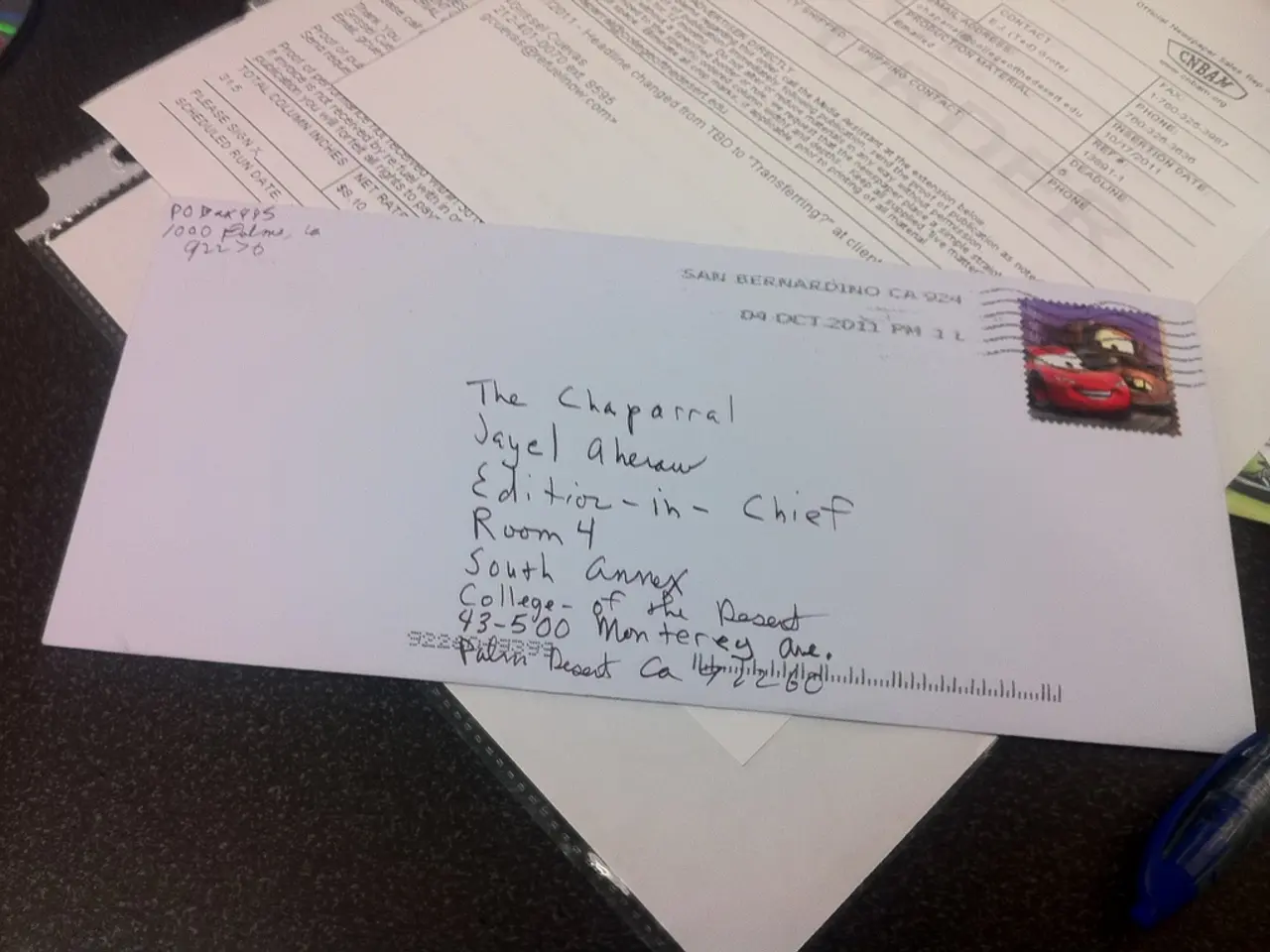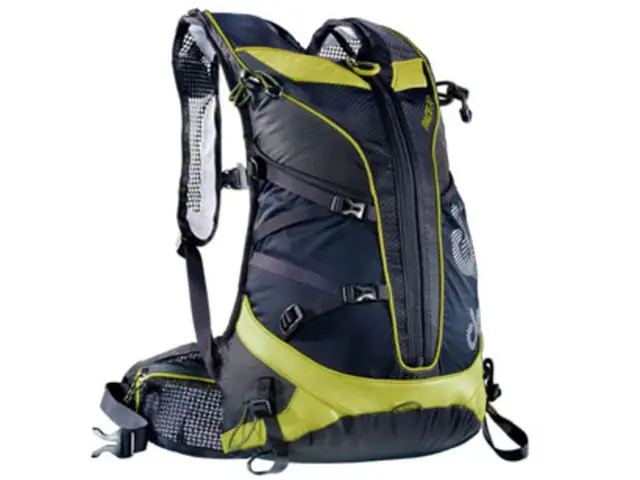Translate Bulky PDF Documents for Manufacturing: Limitations, Workarounds, and Maintenance of Layout Integrity!
In the realm of manufacturing, translating large PDF documents is a critical yet challenging task. Here are some reliable methods to tackle this issue, ensuring layout preservation, size limits, and compliance are maintained.
Firstly, converting PDFs into editable formats like DOCX or PPTX before translation using tools such as TranslateMany is a reliable approach. After translation, the documents are exported back to PDF format, with a layout quality check to ensure the final output maintains its original structure.
Alternatively, professional AI translation services or cloud/document translation APIs that support large files can be utilised. For instance, Google Document Translation supports up to 20 MB for native PDFs and has batch processing for larger volumes. These services automatically separate native PDFs from scanned ones, applying proper size and conversion limits.
Numeric integrity, especially in tables, notes, and callouts, should always be spot-checked during the translation process. Scripts and direction, particularly for RTL and CJK languages, require careful attention.
Key areas of focus for Quality Assurance (QA) include elements that drive safety and throughput, such as BOM/spec tables, torque and tolerance values, safety callouts, revision blocks, multi-column layouts, figure captions, cross-references, and pagination in procedures and Table of Contents (TOCs).
To ensure a smooth workflow, it's beneficial to keep a short decision tree and a layout QA checklist next to the team's playbook. Version control and a glossary can help stabilise terminology across languages.
It's important to note that translating from English to Spanish or French can inflate the length by approximately 20-25%, while translations to German can expand by up to 35%. Therefore, it's crucial to plan for this increase in size.
Scanned PDFs should undergo Optical Character Recognition (OCR) before translation for improved accuracy. Aim for 300 dpi scans for reliable recognition in OCR.
Cross-refs and bookmarks should have valid anchors after recombination or format conversion. Figure-caption match is crucial to ensure IDs and references align, and images are not cropped after reflow. Tables and callouts that originated as images should be rebuilt after translation.
When a single file exceeds consumer limits, it's recommended to convert to an editable format or use a Pro/API route with higher caps. If policy forbids conversion, split the file at logical boundaries and recombine post-translation with a dedicated cross-ref check.
By following these steps, large manufacturing PDFs can be translated without breaking layouts or risking compliance, ensuring a smooth and efficient translation process.
Read also:
- Understanding Hemorrhagic Gastroenteritis: Key Facts
- Trump's Policies: Tariffs, AI, Surveillance, and Possible Martial Law
- Expanded Community Health Involvement by CK Birla Hospitals, Jaipur, Maintained Through Consistent Outreach Programs Across Rajasthan
- Abdominal Fat Accumulation: Causes and Strategies for Reduction








